Uriel Orlow, the globetrotting artist who whispers to ghosts

Uriel Orlow was one of this year’s winners of the Prix Meret OppenheimExternal link, the most prestigious art award in Switzerland. But his Swiss background is only one element in an enthrallingly complex life.
Swiss artist Uriel Orlow is at home in the world at large. Communicating in ten languages, he has traveled and developed projects in places like South Africa, Armenia, Egypt, Nepal and Guatemala. A traveler rather than a tourist, he rarely spends more than a couple of weeks in one place, but after living between Zurich and London, his primary base now is Lisbon.
SWI swissinfo.ch met Orlow in early May, during one of his longest stays in Switzerland (two weeks), first in neighbouring Liechtenstein where he was setting up his work for the group show Parliament of Plants II, and a second time in a café near the Zurich University of the Arts (ZHdK), where he also teaches.
“My grandparents are originally from different countries: Ukraine, Hungary, Poland, Alsace”, he tells us. “Their families came to Switzerland before the Second World War, but one part of my family remained stateless for a long time. My father was born in Switzerland in 1944, but he was officially stateless (meaning his parents had not yet acquired Swiss nationality). That’s a typical Jewish family history.”
The Jewish conundrum
It is hard for Orlow to categorize himself as a Swiss artist. “I was born and grew up here, but I have a migratory background and my first written and reading language was Hebrew, not German. Later I also learned a bit of Arabic, in Egypt.”
At that time, in 2013, he was working on a personal artistic project between Jerusalem and Ramallah. “It was a very difficult project, connected to my family history and identity, and how that intersects with the history of Palestine – dealing with a very traumatic issue on both sides, the Holocaust and the Nakba”, he says, referring to the mass displacement and dispossession of Palestinians during the 1948 Arab-Israeli war.
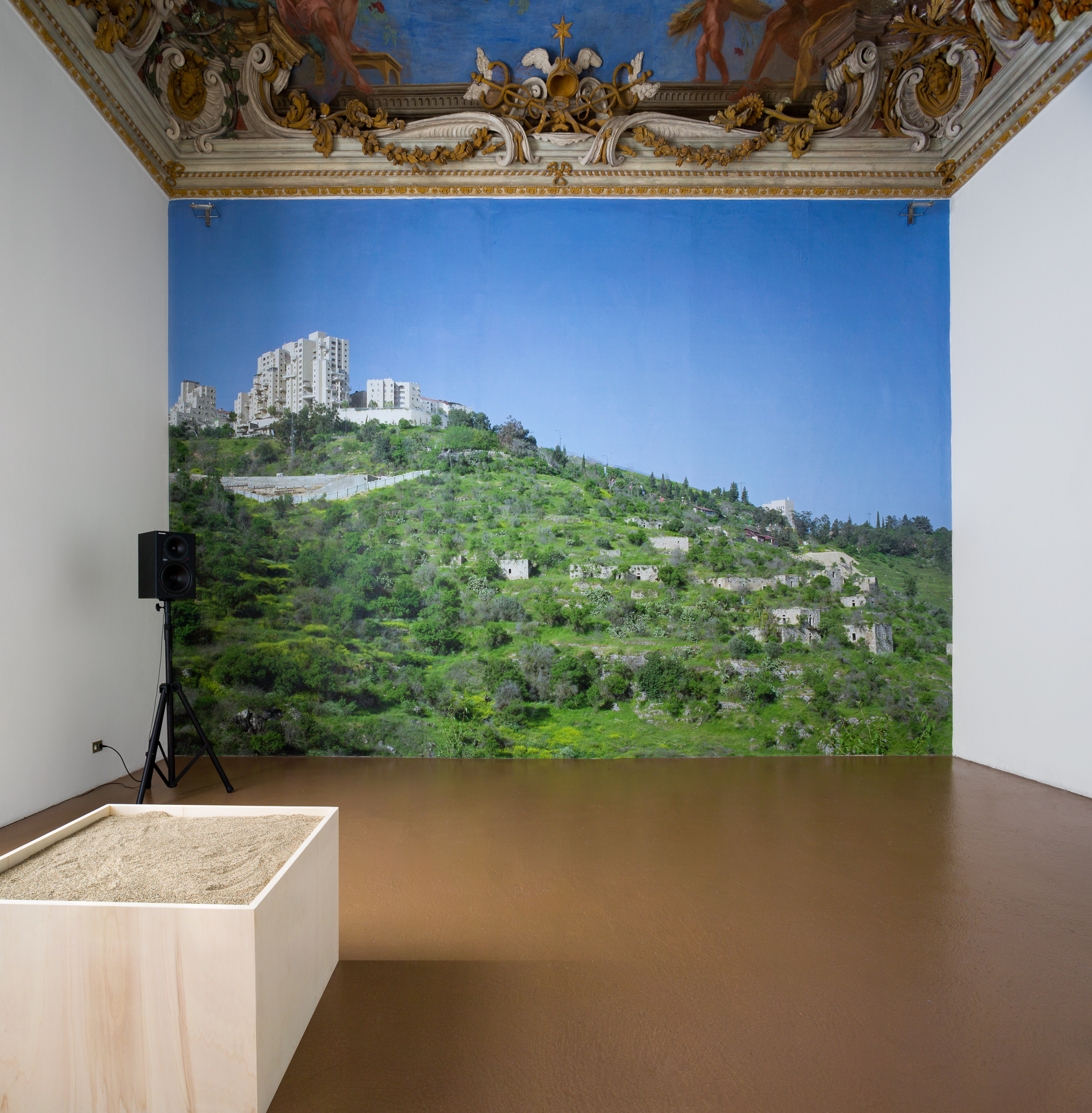
Orlow found enormous sympathy and hospitality from the Palestinians. The work was eventually shown in the Centre Culturel Suisse in Paris and also at Al Ma’mal Foundation in East Jerusalem (the Arab part of the city, occupied by Israel in 1967). It never made it to Israel.
“I don’t show in Israel”, he explains. “I’ve been invited to show there in different institutions, but I prefer not. As a Jewish artist from the diaspora, it feels important for me to take a position.”
Transgenerational haunting
When Orlow was born in Zurich, in 1973, his family was already well settled in Switzerland but not before having overcome the difficulties of acquiring Swiss citizenship; some of his relatives were also communists – not a positive mark for the Swiss authorities during the Cold War.
Similar to many surviving families of the Holocaust, the war years and the trauma that came with them were present but not much discussed at mealtimes. “This was definitely one of the triggers of my arts practice, these ghosts”, he says.
Orlow tells us about a concept elaborated by the French psychologists Maria TorokExternal link and Nicolas AbrahamExternal link, called “transgenerational hauntings”, when a person is haunted by events that he or she have never experienced. “It’s not like trauma”, he explains. “As an artist, my earliest impulse was to tackle this transgenerational haunting and try to understand it.”
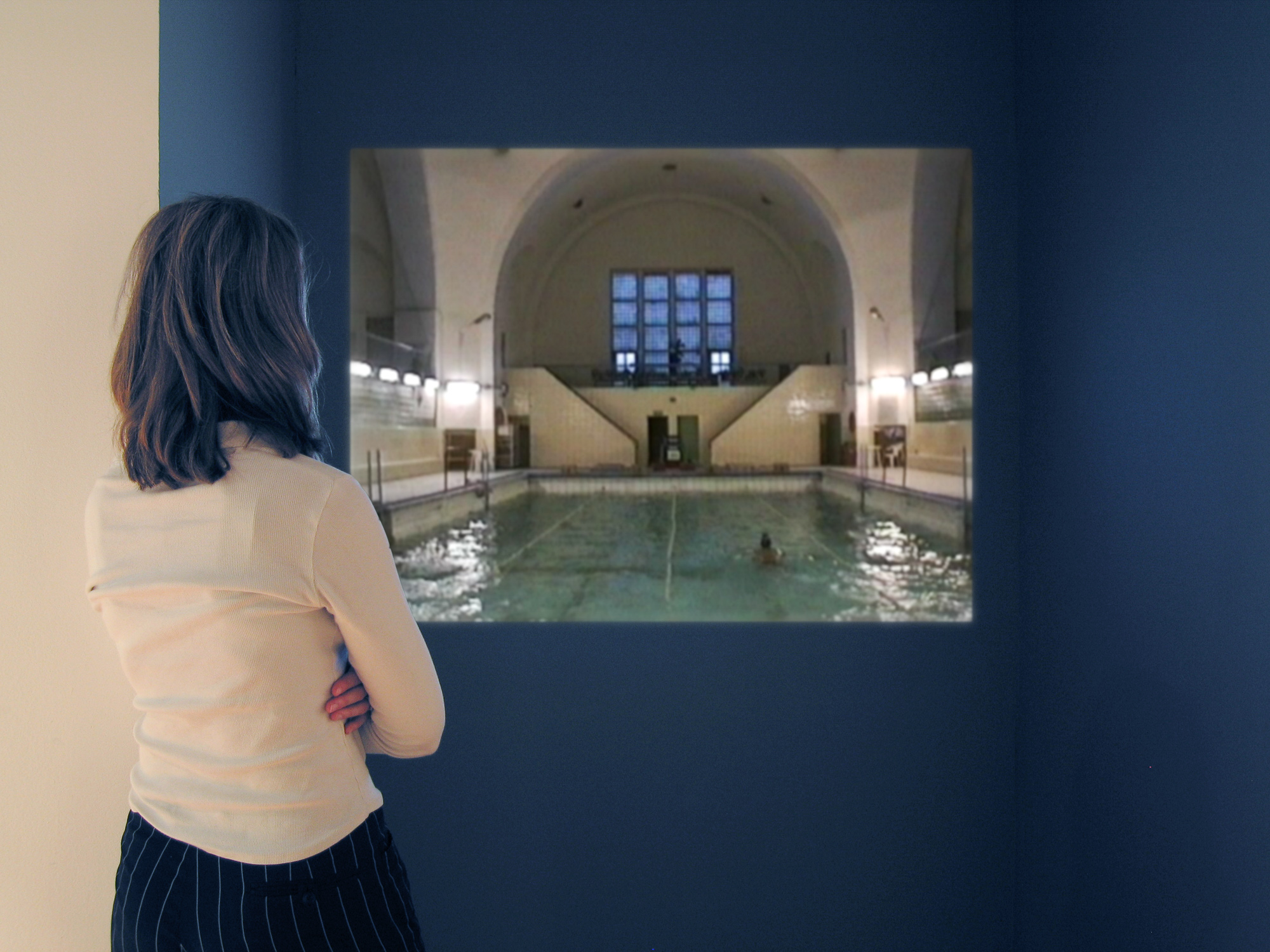
“I went to Hungary and Poland to discover this family past in the early nineties, just after the Berlin Wall fell”, he says. “Like many art students, you start with your own identity trying to understand who you are, where you come from as an artist, as a person.”
SWI: And what did you find when you went on that trip?
Orlow: I found nothing. So that was my first crisis as an artist. I deal with images, but there was nothing to show.
By some coincidence, though, I went to the village in Hungary where my family was from, and I was led to the cantor of that community, who was one of the very few survivors who stayed. He took me to the former synagogue, began to sing a morning prayer, and I recorded.
Then I came across this swimming pool in Poznan, Poland, that was converted by the Nazis from a synagogue in 1942. I filmed it in a 360-degree scan of the space, but with a gap where I stood, which in turn became a blind spot for the viewer.
The resulting work, 1942 Poznan, combines the images taken at the swimming pool with the audio recorded in Hungary.

Challenging the ‘universal museum’
SWI: How did this work impact your following projects?
Orlow: My methods were at that point rather intuitive, but this work set important guidelines. On one hand, it was a rejection of historical material. I didn’t show any archival photographs. The video is reflecting on the violence that is still embedded in that space. It is meant to make us responsible, or answerable in some way to this present. The spatial history is inscribed in the architecture.
SWI: So, when you speak and deal with history, you’re not limited to the past?
Orlow: I’m not interested in the past. If we talk about history, it’s about the present. It’s about how the past lives on in the present. It’s about ghosts that are still here, that linger, that demand something from us, that is, it’s about unfinished business from the past. That’s why I’ve chosen many times not to use any archival material.
A few years later, in 2007, Orlow would refine his research methods on a pioneering subject that, until then, very few people were talking about, the Benin Bronzes and their restitution: a group of sculptures, including decorated cast plaques, looted by British troops in 1897 and to which Nigeria holds claim since its independence in 1960. The case has become the main issue of contention in the ongoing debate about cultural restitution of artworks and objects plundered by the colonial powers in Africa, Asia, and Latin America.
This story began around 2006, when Orlow was invited to take part in an exhibition about looting and appropriation. It was expected that he would deal with art looted during the Holocaust. Orlow, however, began to nurture other ideas.
“I didn’t want to stick to my story or my identity”, Orlow says. “The Benin bronzes were one of the biggest lootings of modern times. Everything from that culture was stolen and brought to Europe and auctioned off, and it’s now in museums all over the Western world.”
The British Museum calls itself the ‘Universal Museum’, and Orlow felt that he had to engage with it somehow. “So, even though I’m not a descendent of someone from Benin or of a British soldier who was part of the looting, I was thinking outside of the dichotomy of victim and perpetrator, trying to enlarge notions of responsibility”.
The colonialism of plants
By the mid-2010s, Orlow expanded his investigations from historiography to botany. Whilst traveling in South Africa, he realized that plants played and still play an important part in history and politics. His starting point was a tree originally planted by the Dutch East India CompanyExternal link in the 1660s.
Orlow explains: “They planted a wild almond hedge, kilometers long, to protect the Company’s garden, where they grew fruit and vegetables for their ships on the way in and out of India, from the grazing cattle of the indigenous population. So, the planting of these hedges is one of the first acts of colonial violence and the plant is involved in it. It’s been made complicit. And it’s still there.
> The video below follows Orlow as he sets up his work in the collective exhibition, The Parliament of Plants II, at the Liechtenstein Museum of Art, in May.
SWI: In the same way, botanical gardens also tell the story of colonialism, don’t they?
Orlow: Botanical gardens are our colonial archives. However, the Kirstenbosch National Botanical Garden in Cape TownExternal link focuses on indigenous plants from the extremely rich biodiversity there.
But when I was walking around this botanical garden, I noticed that all the labels were in English and Latin, and this in a country that has 11 official languages, of which English is one and Latin isn’t. That was 25 years after apartheid ended. That made me think about the plants’ involvement in the process of colonisation.
SWI: Did you work together with other botanists researching this subject?
Orlow: Botanists don’t really work on this. They like the Latin names because it makes it easier for them to communicate with each other and to publish in international papers. So, I travelled throughout South Africa and started to record plant names from people who know them in lots of different languages and that eventually became a work whose title is ‘What plants were called before they had a name’, an audio-dictionary of local plants, somehow restoring that orality that had been suppressed.
After three years, and having recorded plant names without yet knowing what it was for, the research suggested what the work would become: it had to be a sound piece because these names existed only orally and not in written form.

Towards geological time
Having expanded his scope to the plant world, we ask what is the next realm he will explore.
The mineral world, says Orlow. At the moment he is working on plant fossils in a forest 280 million years old. It feels, in his words, like “some sort of time travel experiment”.
On another related project, Orlow worked with scientists looking at plants that move up in the mountains because of the rising temperature in the Engadin alpine region, in Switzerland.
Orlow did not depict the climate emergency with the usual images of fires, droughts, and flooding. “We need different kinds of images of climate change. For me, it was interesting to look at these high alpine plants because in a way it is a side show, a side-stage, and often my work is not about the main stage”, he says.
For this concept, Orlow uses a German term for ‘side show’: ‘Nebenschauplatz‘. “It’s not necessarily where the action is, but it’s where there is a lot of things coming together in interesting ways – we just need to look much closer.”

In compliance with the JTI standards
More: SWI swissinfo.ch certified by the Journalism Trust Initiative
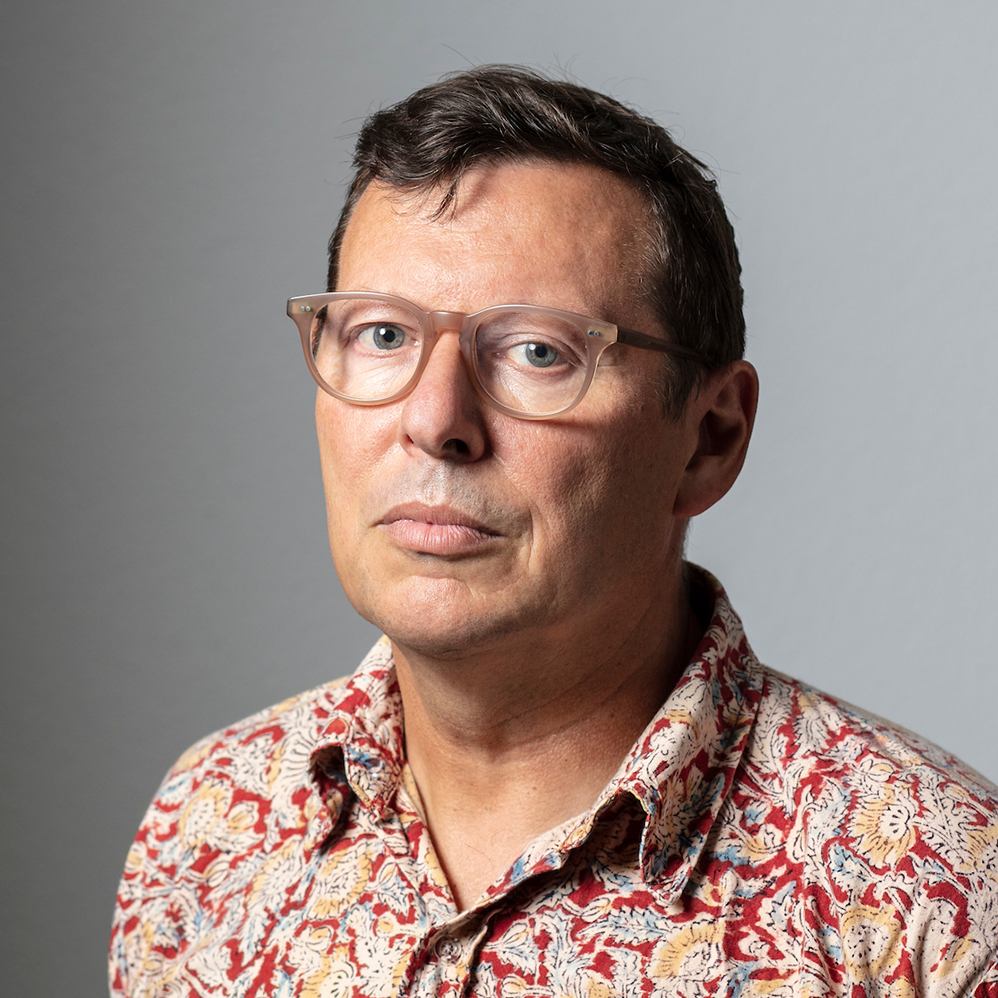
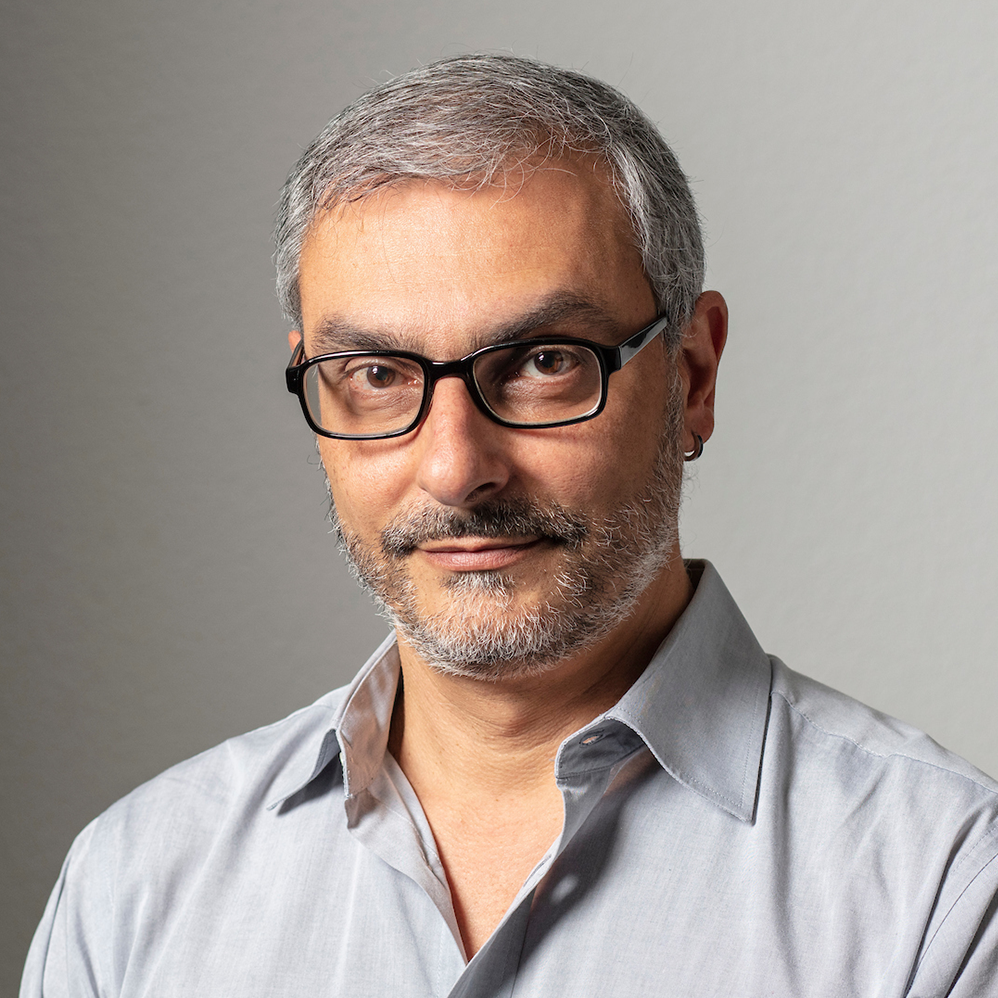









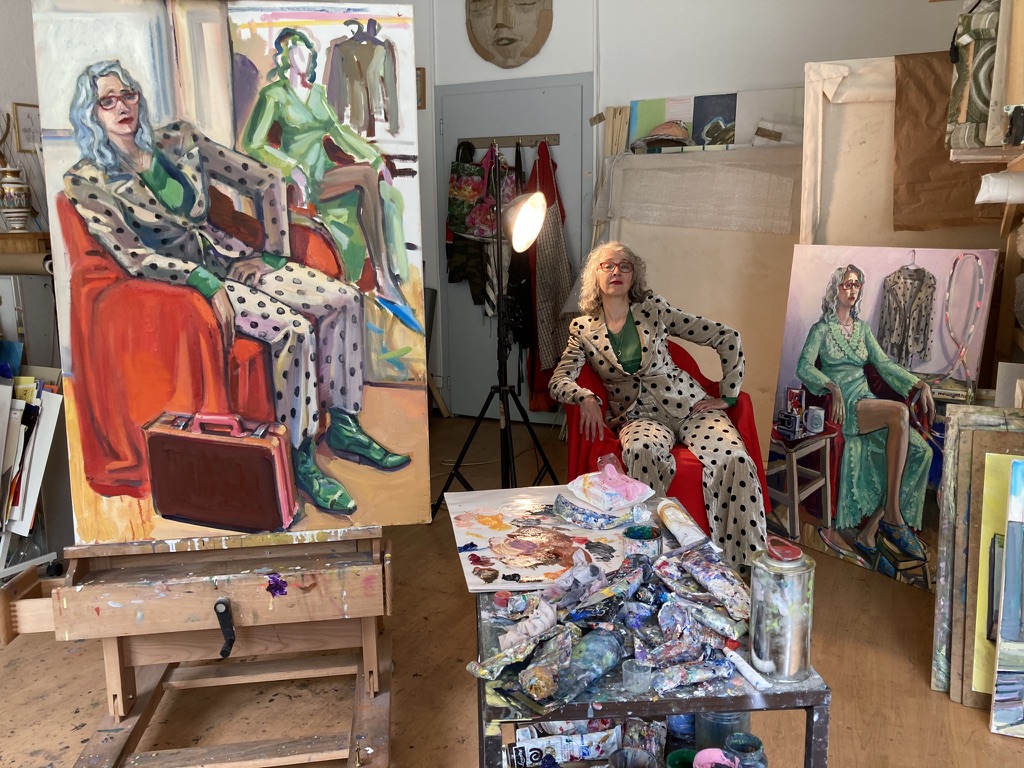
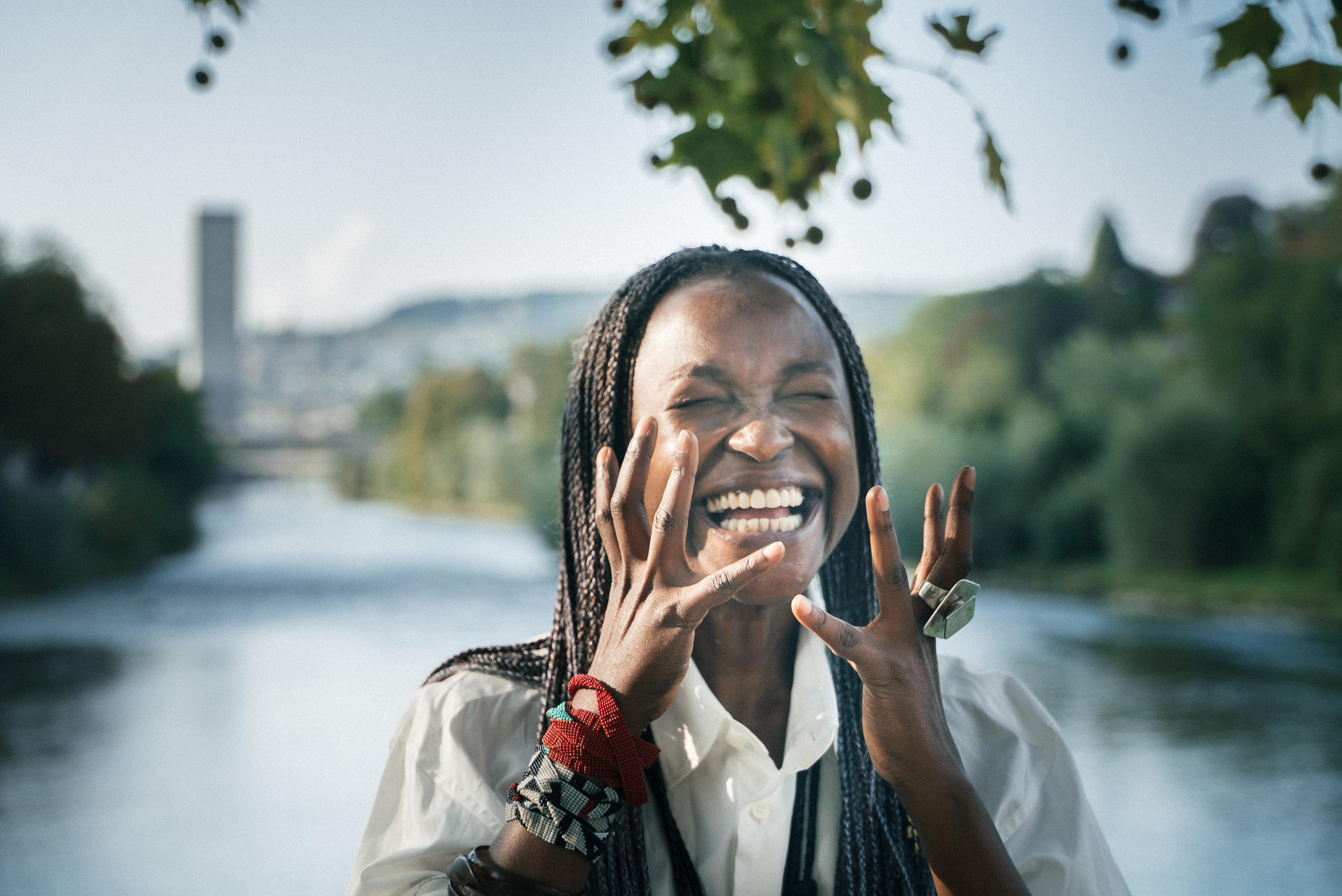
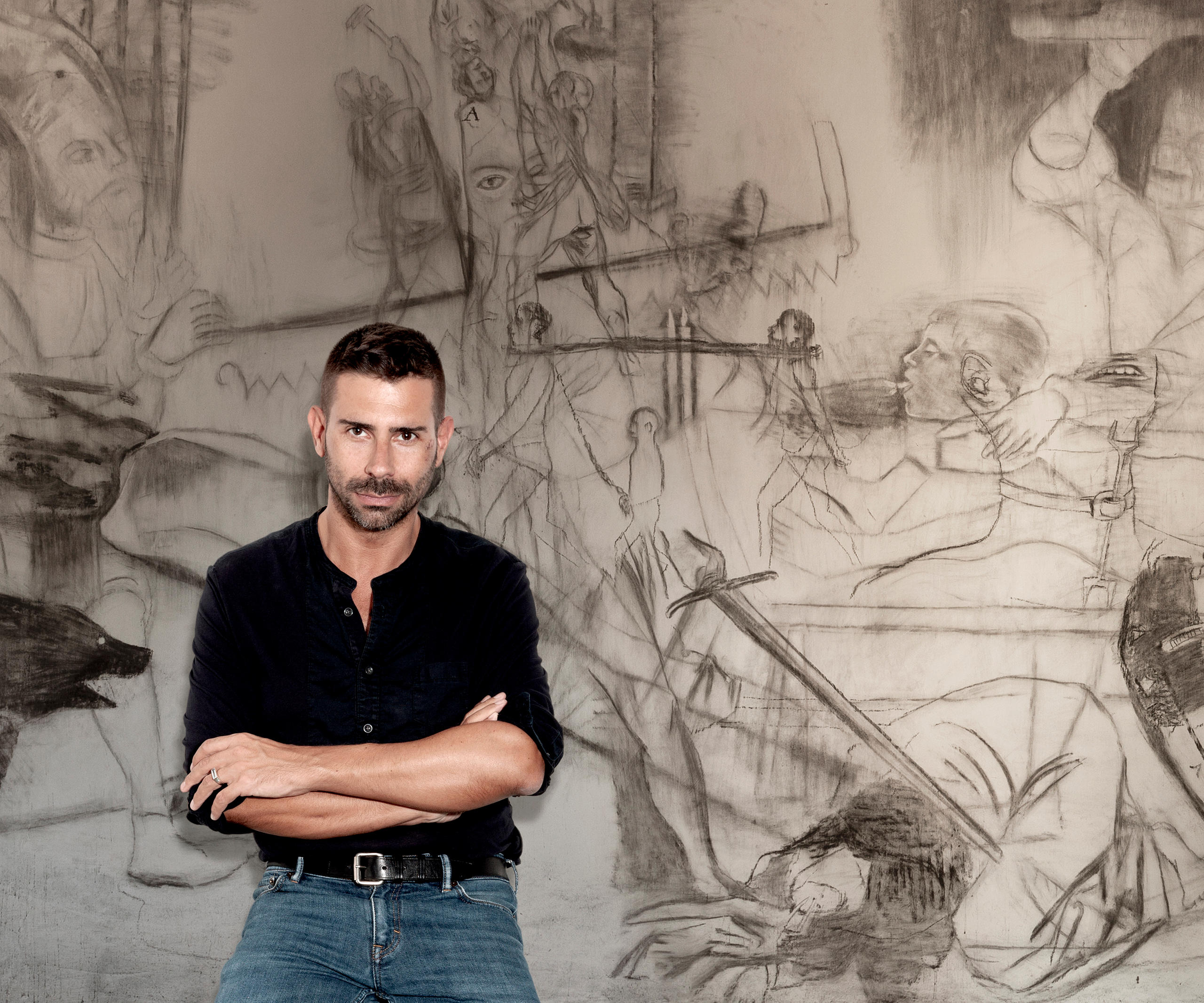
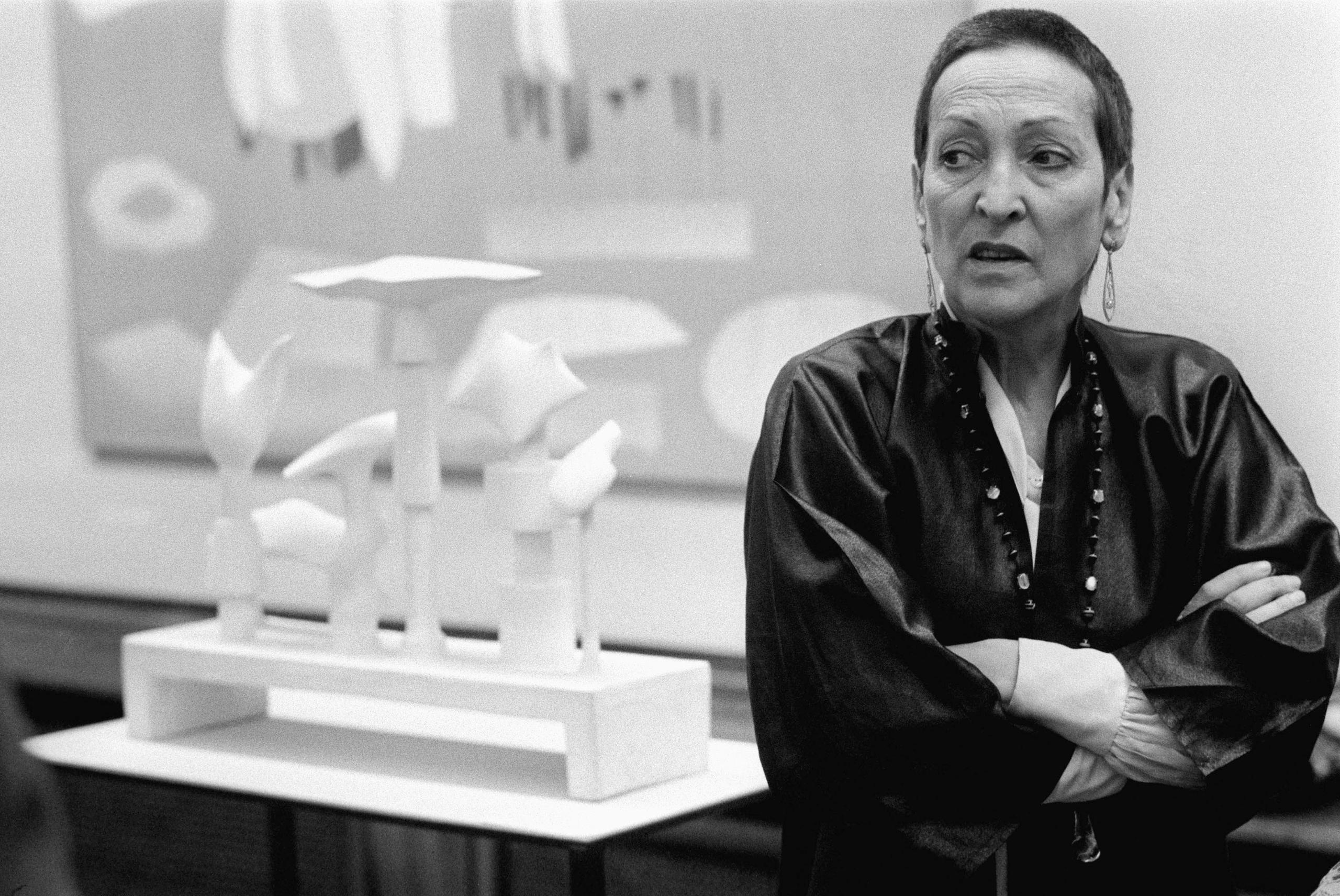

You can find an overview of ongoing debates with our journalists here . Please join us!
If you want to start a conversation about a topic raised in this article or want to report factual errors, email us at english@swissinfo.ch.